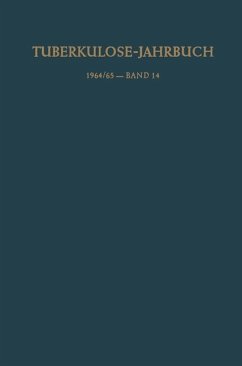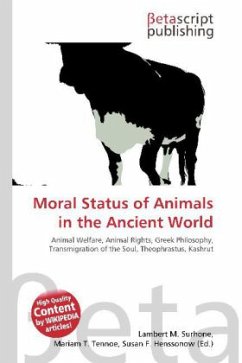
Radiocarbon 14 Dating of the Shroud of Turin
Versandkostenfrei!
Versandfertig in 6-10 Tagen
32,99 €
inkl. MwSt.

PAYBACK Punkte
16 °P sammeln!
Please note that the content of this book primarily consists of articles available from Wikipedia or other free sources online. The Shroud of Turin has undergone numerous scientific tests, the most notable of which is radiocarbon dating, in an attempt to determine the relic''s authenticity. In 1988, researchers at three separate laboratories dated samples from the Shroud to a range of 1260 1390 AD, providing "conclusive evidence that the linen of the Shroud of Turin is mediaeval". This appears compatible with the earliest record of the relic''s existence (1353). Once generally accepted by the ...
Please note that the content of this book primarily consists of articles available from Wikipedia or other free sources online. The Shroud of Turin has undergone numerous scientific tests, the most notable of which is radiocarbon dating, in an attempt to determine the relic''s authenticity. In 1988, researchers at three separate laboratories dated samples from the Shroud to a range of 1260 1390 AD, providing "conclusive evidence that the linen of the Shroud of Turin is mediaeval". This appears compatible with the earliest record of the relic''s existence (1353). Once generally accepted by the scientific community by those who consider the shroud to be inauthentic, and by some members of the Catholic Church, these results have since been questioned in peer-reviewed journals by Raymond Rogers in Thermochimica Acta and by M.Sue Benford and Joseph G. Marino in Chemistry Today. Criticisms have been raised about aspects of the study as doubts were raised regarding the original nature of the sample that was taken for testing, not the quality of the radiocarbon testing itself.












